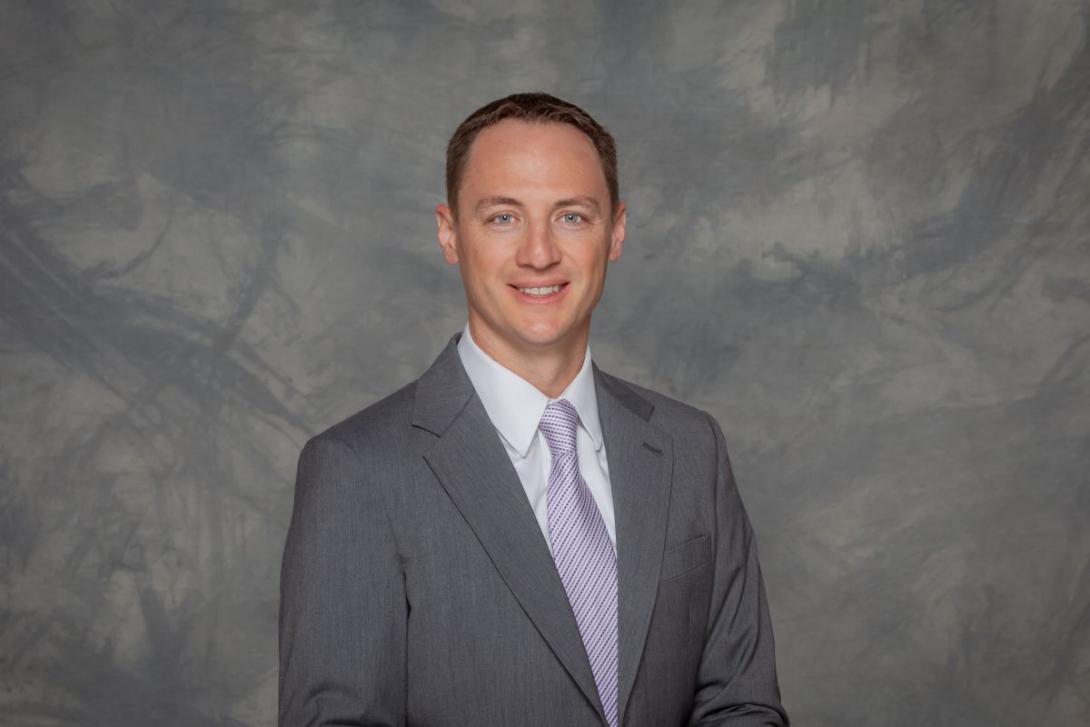
As a family physician in rural Oregon, I’ve seen firsthand how the rising cost of health care affects patients, especially in underserved communities. While there are a number of factors to blame, there’s a lesser known trend that has doctors like me concerned: hospital consolidation.
Large hospital systems are increasingly buying up smaller, independent physician practices. Once these smaller offices are part of a hospital system, the same services suddenly cost patients more. This is not because the quality of care has improved, but because hospital systems are exploiting a loophole that allows them to charge higher fees for the same care.
Take a routine MRI or a simple check-up, for example. If you get these services at a physician’s office, the cost is often significantly lower than if you received the same care at a hospital-owned outpatient department. Yet, it’s the exact same MRI, the exact same check-up. The only difference? The logo on the door. Studies have shown that when hospitals purchase independent practices, the cost of services can increase by more than 14 percent.
This is a deliberate move by big hospital systems to increase their profits. They know that by buying up smaller practices, they can reclassify them as “hospital outpatient departments” and charge patients more.
The truth is that doctors know the cost of care shouldn't go up just because a large hospital system is now involved. This isn’t about improving care; it’s about gaming the system. And as hospitals continue to consolidate, this problem will only get worse. If we don’t act, patients will be forced to pay even higher prices for the same care they used to receive for less. This doesn't just affect individual patients — it drives up health insurance premiums for everyone.

The impact of this consolidation is particularly harsh in rural communities like the one I serve. Rural patients are often older, sicker, and more reliant on regular health care visits than their urban counterparts. But when hospital systems take over physician practices, rural patients are hit with higher prices for the same care. This contributes to the growing epidemic of medical debt that has already impacted over 100 million Americans. Rural families are more vulnerable to these financial hardships because they often have fewer options for health care providers and limited resources to pay their bills. As a result, many people delay or avoid care, leading to worse health outcomes.
Thankfully, Congress has an opportunity to fix this by implementing site-neutral payment reforms. These reforms would ensure that patients are charged the same price for the same services, no matter where they receive care. Whether it’s a routine visit or a critical diagnostic test, a patient should pay the same amount if they go to a hospital outpatient department or an independent physician office. By leveling the playing field, site-neutral payments will save patients billions of dollars and protect them from the harmful effects of consolidation.
This change is especially crucial for rural patients. In rural areas, health care access is already fragile, and rising costs could lead to even more people forgoing care due to financial strain. By protecting rural patients from price hikes caused by hospital consolidation, site-neutral reforms will help keep health care accessible in these vulnerable communities. At the same time, these reforms won’t interfere with the ability of rural hospitals to provide critical services like emergency care, which many rural residents rely on.
The solution is clear: we need site-neutral payment policies to ensure that patients, no matter where they live or what facility they visit, aren’t overcharged for their health care. It’s a common-sense, bipartisan approach that would reduce the cost of care, especially for rural patients, and help prevent more Americans from falling into the trap of medical debt.
As a physician, I believe it is our duty to advocate for changes that protect patients and ensure that everyone, regardless of their location or financial status, can access the care they need. It’s time to end the practice of charging more for the same care simply because of where it’s provided. Site-neutral payments are the first step in making health care fairer, more affordable, and more accessible for all.
Antonio (Tony) Germann is a family physician centered in rural primary healthcare, clinical health education, public health, and with a focus in the health policy to bring better health outcomes for the most vulnerable communities of Oregon. Currently he is medical director of Salud and Pacific pediatrics clinics of the Yakima Valley Farm Workers clinic system, a federally qualified health center. He is the founder of the Salud Rural Maternal Child Health Fellowship.